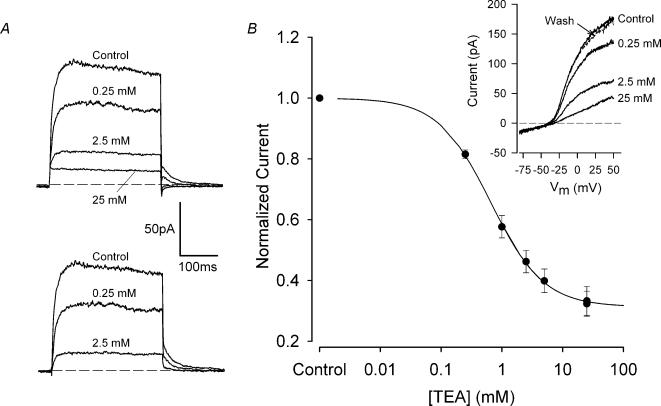Figure 2. Dose—response for the effect of tetraethylammonium (TEA) on outward currents.
A, effect of tetraethylammonium chloride (TEA) on outward currents of a voltage-clamped chondrocyte. Voltage-clamp step was +30 mV, Vh=−55 mV. Currents were recorded in control solution, and solution containing 0.25, 2.5 and 25 mm TEA. Four to six records were averaged at each TEA concentration. The lower set of records shows the ‘TEA-sensitive’ current, obtained by subtraction of the current in 25 mm TEA. B, TEA dose—response relationship. Inset: current—voltage relationships were generated with a 1 s voltage ‘ramp’ from −100 mV to +50 mV (Vh−55 mV), in control and TEA-containing solutions. Plot: mean, normalized current versus TEA concentration. The total current at +50 mV for each TEA concentration was normalized to control for each cell, and normalized values were averaged. Two batches of cells were used; the number of cells at each concentration of TEA was in the range 7–20. Continuous line is best fit of the Hill equation, viz., I =A/(1 +[TEA]/Kd) + (1 −A), where A is the fraction of current sensitive to TEA and Kd is the 50% blocking dose of TEA. The best-fit line had A = 0.687 ± 0.004 and Kd= 0.66 ± 0.02 mm.

